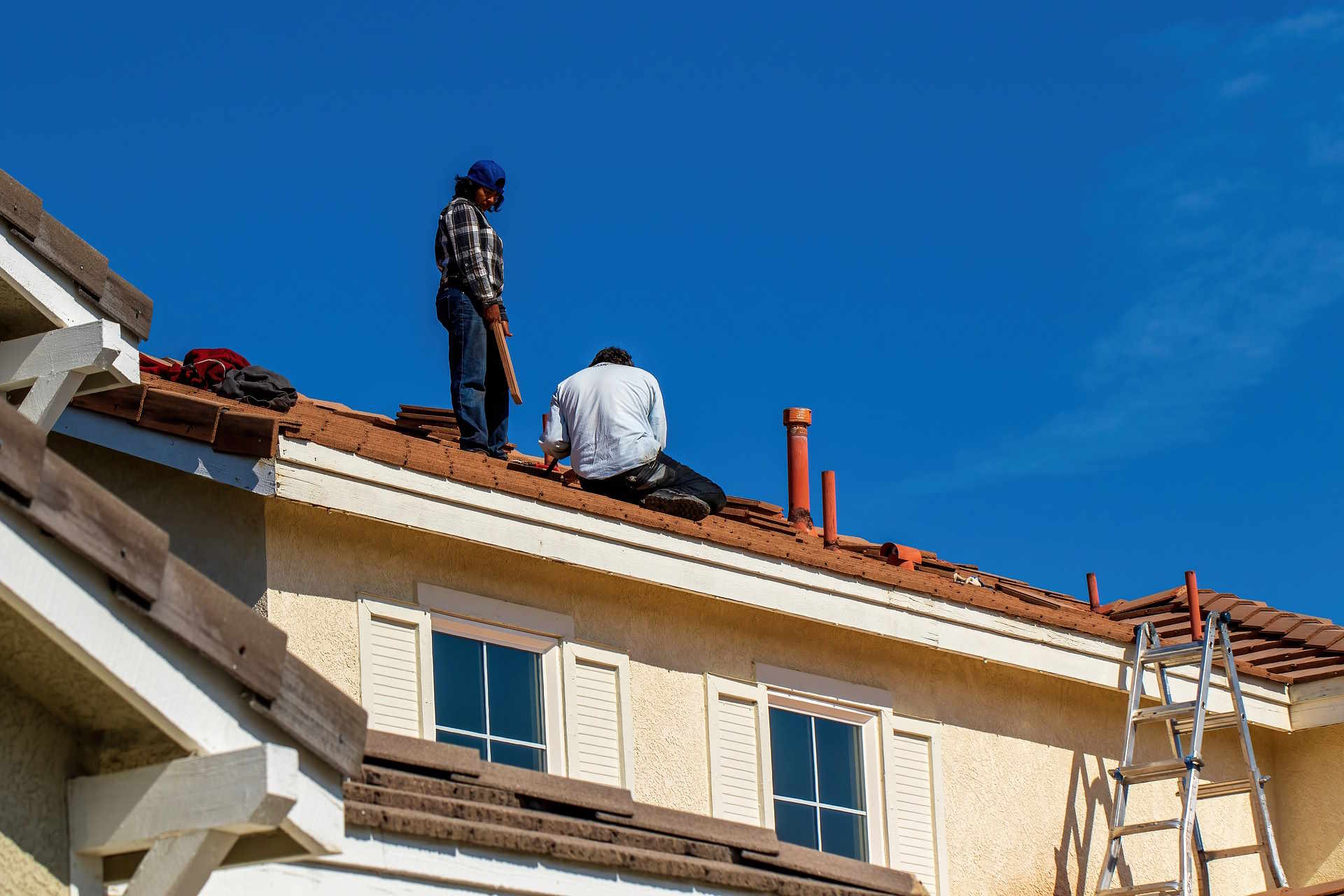Transforming Your Home's Exterior: A Guide to House Painting
Exterior house painting is more than just a cosmetic upgrade; it's a crucial investment in your home's protection and curb appeal. Whether you're looking to refresh your home's appearance or safeguard it against the elements, a well-executed exterior paint job can make a world of difference. This comprehensive guide will walk you through the essential aspects of exterior house painting, from preparation to execution, helping you achieve stunning results that will stand the test of time.

What preparation is needed before exterior painting?
Proper preparation is key to a successful exterior paint job. Start by thoroughly cleaning the surfaces to be painted, removing dirt, dust, and mildew. Pressure washing is often an effective method for this step. Next, scrape off any loose or peeling paint and sand rough areas to create a smooth surface. Fill in cracks and holes with appropriate exterior caulk or filler. Don’t forget to protect areas you don’t want to be painted, such as windows, doors, and landscaping, by covering them with drop cloths or plastic sheeting.
How do you choose the right paint for your home’s exterior?
Selecting the right paint is crucial for durability and appearance. Consider factors such as your home’s material (wood, brick, stucco, etc.), climate conditions, and desired finish. High-quality exterior paints typically contain more solid content and better binders, resulting in a longer-lasting finish. Look for paints with UV protection to prevent fading and those with mold and mildew resistance for areas prone to moisture. Also, consider the sheen level – flat finishes hide imperfections but are less durable, while glossier finishes are more resistant to wear but highlight surface flaws.
What tools and techniques are used in exterior house painting?
The tools and techniques used can significantly impact the quality of your paint job. Essential tools include quality brushes, rollers, and sprayers. For large, flat surfaces, sprayers can provide quick and even coverage, while brushes are best for detailed work and edges. Rollers are ideal for textured surfaces. When painting, start from the top and work your way down, applying paint in smooth, even strokes. Be sure to maintain a wet edge to avoid lap marks. Multiple thin coats are preferable to one thick coat, as they provide better coverage and durability.
Should you hire a professional contractor or DIY?
Deciding whether to hire a professional contractor or tackle the project yourself depends on several factors. Consider the size and height of your home, your skill level, available time, and budget. Professional painters have the expertise, equipment, and manpower to complete the job efficiently and with high-quality results. They can also identify and address underlying issues that may not be apparent to the untrained eye. However, if you have the skills, time, and proper equipment, DIY painting can be a rewarding and cost-effective option for smaller homes or partial repaints.
What are the costs associated with exterior house painting?
The cost of exterior house painting can vary significantly based on factors such as the size of your home, the condition of the existing paint, the quality of paint used, and whether you hire professionals or do it yourself.
| Service Type | Average Cost Range | Factors Affecting Cost |
|---|---|---|
| Professional Painting | $1,700 - $6,800 | Home size, paint quality, surface preparation |
| DIY Painting | $400 - $1,500 | Paint and supplies cost, equipment rental |
| Paint Cost (Per Gallon) | $30 - $100+ | Brand, quality, finish type |
Prices, rates, or cost estimates mentioned in this article are based on the latest available information but may change over time. Independent research is advised before making financial decisions.
When budgeting for exterior painting, remember to account for additional costs such as repairs, primer, and equipment rental if needed. Professional painters typically charge by the square foot or by the job, with larger homes and those requiring extensive prep work costing more. While DIY can be less expensive upfront, consider the value of your time and the potential for costly mistakes if you’re inexperienced.
Exterior house painting is a significant undertaking that can dramatically improve your home’s appearance and protection. By understanding the importance of proper preparation, choosing the right materials, and employing effective techniques, you can ensure a beautiful and long-lasting result. Whether you decide to hire professionals or take on the project yourself, a well-executed exterior paint job is an investment that will pay dividends in both the short and long term, enhancing your home’s value and your enjoyment of it for years to come.






